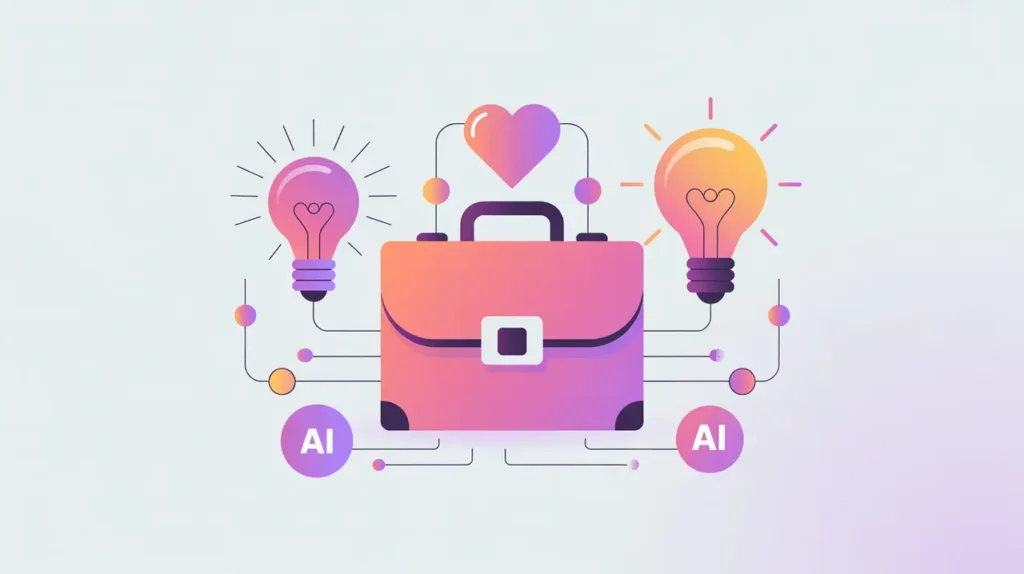Importance of Investors & Impact Funds shaping Capital Flows for AI
Investors and impact funds play a decisive role in shaping the trajectory of artificial intelligence by directing capital toward specific technologies, business models, and geographies. Their importance today lies in the fact that capital flows influence not only which AI innovations are built, but also who benefits from them and whose needs remain unmet. Impact-oriented investors, in particular, have the potential to ensure AI develops in ways aligned with equity, inclusion, and sustainability.
For social innovation and international development, investors and funds matter because they can help scale promising AI solutions while setting conditions that prioritize social impact alongside financial return.
Definition and Key Features
Investors include venture capital firms, private equity funds, and institutional investors, while impact funds specifically emphasize measurable social and environmental outcomes. In AI, they fund startups, infrastructure providers, and applied innovations. Some investors have created dedicated AI-for-good vehicles, while others integrate AI considerations into broader ESG (environmental, social, governance) strategies.
This is not the same as philanthropic donors, who provide grants without expectation of return. Nor is it equivalent to corporate R&D budgets, which finance internal innovation. Investors shape AI ecosystems through capital allocation, governance influence, and scale.
How this Works in Practice
In practice, investors may back startups creating AI tools for health diagnostics, fund agri-tech solutions that improve crop yields, or support AI platforms for education. Impact funds often require social performance metrics alongside financial results, embedding accountability for community outcomes. Investors can also influence governance by demanding transparency, ethical standards, and responsible supply chain practices from portfolio companies.
Challenges include pressure for financial returns overshadowing social goals, lack of standardized impact metrics for AI, and capital concentration in high-income regions. Without intentional strategies, capital flows may widen global inequalities rather than close them.
Implications for Social Innovators
Investors and impact funds shape mission-driven ecosystems by scaling innovations that nonprofits or governments alone cannot sustain. Health-focused funds can expand access to AI diagnostics in low-resource settings. Education funds can back platforms that support marginalized learners. Humanitarian innovation funds can finance logistics and crisis tools that save lives. Civil society benefits when investors embed equity and ethics into their capital decisions.
By shaping capital flows, investors and impact funds hold power to direct AI toward or away from inclusive, sustainable futures. This makes their role pivotal in global AI ecosystems.







